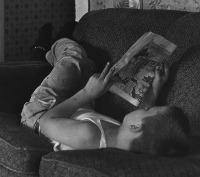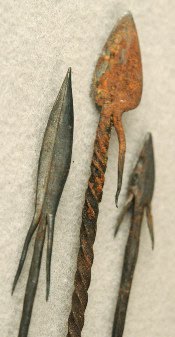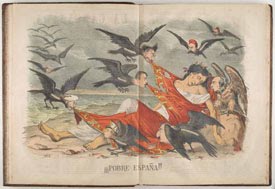Date: Tuesday, 28 September 2010
Time: 3:30 PM
Location: Rare Book Room and Perkins Library Gallery
Contact Information: Amy McDonald, 919-681-7987 or amy.mcdonald(at)duke.edu
| Piece of Wood, undated. From the Trinity College Historical Society Collection. |
Ever wonder how the Rare Book, Manuscript, and Special Collections Library got its start? When faculty started using primary sources in their teaching? Why the University Archives keeps a seemingly random chunk of wood in its collections?
Find out all this and more as the co-curators of “‘As Far As Possible from Forgetfulness’: The Trinity College Historical Society” lead a gallery tour and talk about this popular exhibit, on display in the Perkins Library Gallery through October 10.
University Archivist Tim Pyatt will start the celebration with a brief history of the TCHS. Then co-curators Meghan Lyon, Amy McDonald, and Kim Sims will lead a tour of exhibit in the Perkins Library Gallery, sharing some of the stories behind the artifacts in the cases and the people who collected them. A reception in the Rare Book Room will follow their remarks.
Post contributed by Tim Pyatt, Duke University Archivist.











